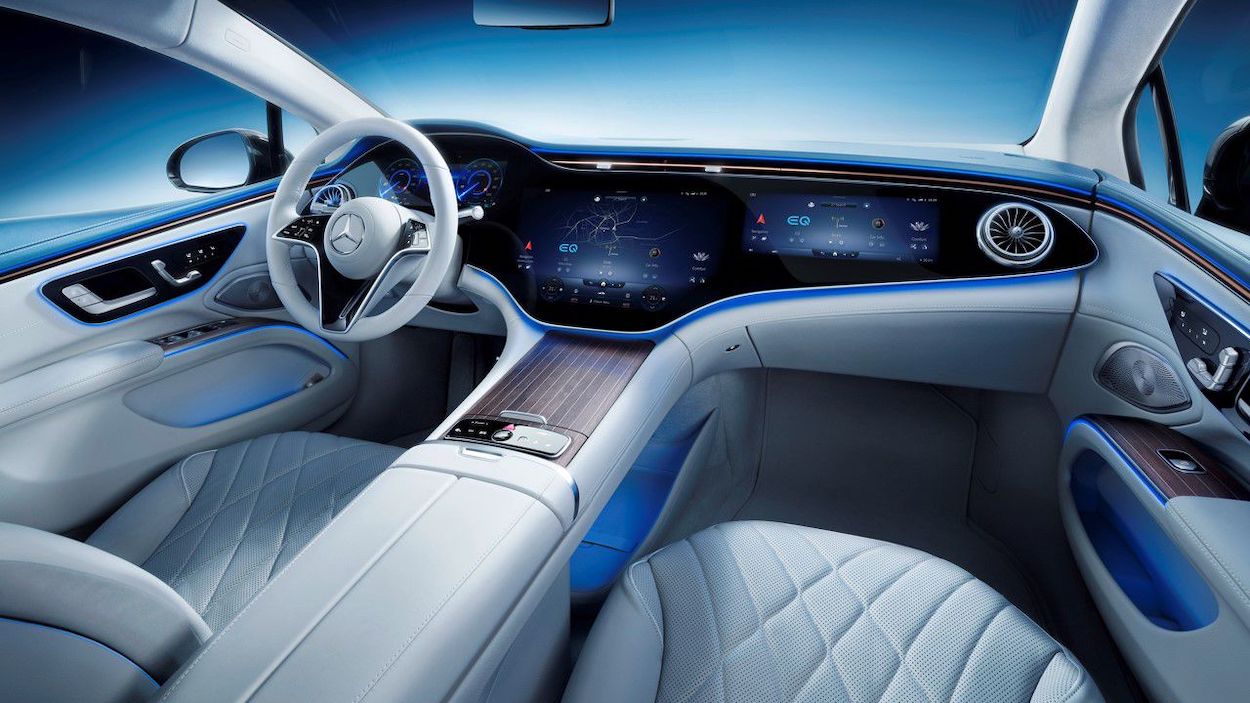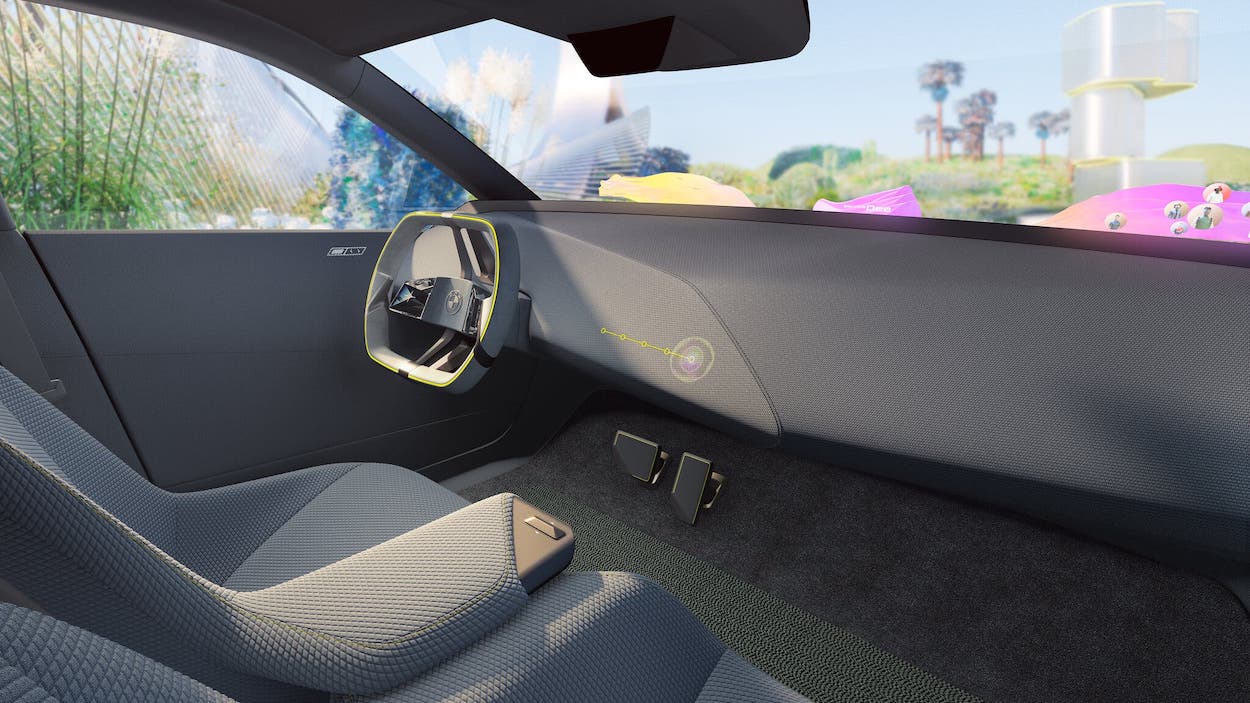Touchscreens in vehicles have come a long way since the “add-on” days of rickety GPS systems and portable DVD players. Some 97 percent of new cars sport at least one built-in touchscreen—and they’re quickly expanding in size. S&P Global Mobility estimates almost a quarter of American cars and trucks have command displays spanning 11 inches or more. This is largely thanks to Elon Musk, who unveiled the Tesla Model S in 2009 with a command center featuring a 17-inch LCD touchscreen. Younger startups like Rivian and Lucid followed suit, and now cars have become “rolling supercomputers” that process up to 14 times more code than a Boeing 787.
Touchscreens come with a multitude of benefits: drivers can seamlessly connect their vehicles to mobile devices and automakers save money on manufacturing small switches and toggles while rolling out new features remotely via software updates. But when giant touchscreens start distracting drivers from the road, how much is too much? “The size of screens has tripled from what I thought was huge,” says Gartner Inc. analyst Mike Ramsey. “Some threshold was reached where the car companies said, ‘Distraction be damned, we’ve got to have bigger screens.’”
Futuristic dashboard displays may seem appealing, but come with some drawbacks: distractions, clunky interfaces, unresponsiveness, and old tech running the risk of breaking and thus making important vehicle functions inaccessible. That hasn’t stopped automakers from investing in the touchscreens of tomorrow—especially for upmarket drivers who happen to be more tech-savvy. Mercedes-Benz upped the ante with its “Hyperscreen,” a sculptural slab of double-coated glass straight out of Tron that stretches 56 inches across the dashboard. Its impressive AR-powered navigation generates virtual street signs and address numbers that hover over homes and businesses upon one’s approach.
Perhaps the field’s biggest innovator is BMW, who is no stranger to touchscreens—or backlash from taking in-vehicle tech one step too far. At this year’s CES, the German automaker forwent screens altogether with the i Vision Dee, the chameleonic concept sedan that projects dashboard tools like the speedometer and audio displays onto parts of the windshield. Skeptics fear that Minority Report–style windshield projections will impede visibility, but BMW says the concept can allow drivers to adjust controls without taking their eyes off the road. And when the car isn’t moving, passengers can use the windshield to watch movies, play games, take Zoom meetings, and even enter the metaverse.
“None of our consumers would want to cover their living rooms in screens,” Kai Longer, head of design for BMW i, the automaker’s electric division, told the New York Times. “They want their Eames chair or Nelson clock. A touch screen doesn’t speak to our senses. We’re made to touch fabrics and sense different surfaces; that’s what makes us human.”



